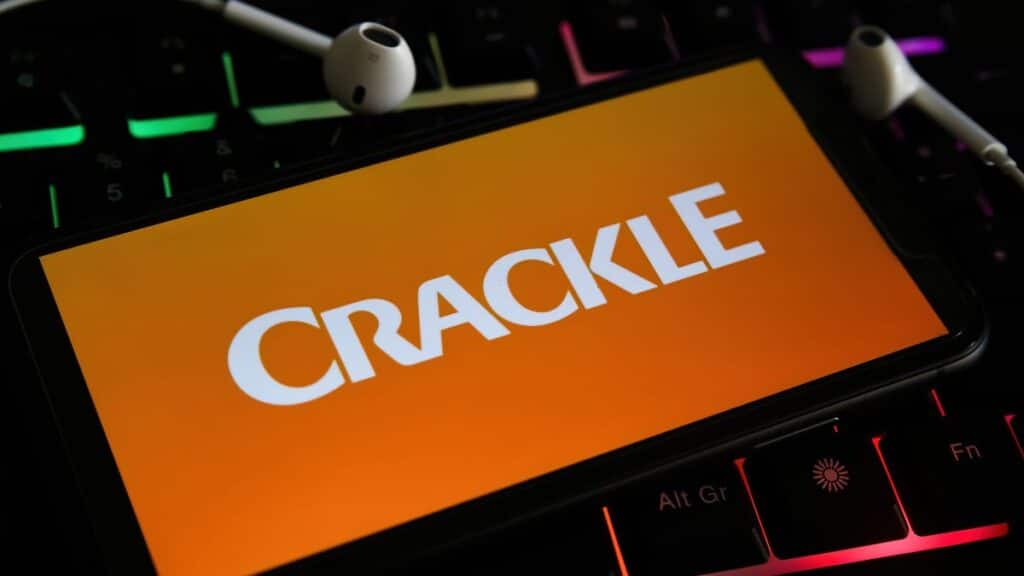Things that once felt affordable now make people think twice. Everyday comforts that used to be easy buys are starting to feel out of reach. Budgets really are tighter, and more people are cutting back to cope. For many, even small changes in price are shaping daily choices. More and more people are adjusting their habits to keep up with these eleven luxuries.
Dining Out All the Time

Grabbing dinner a few nights a week used to be a harmless habit; now it dents the budget fast. Restaurants face higher wages, rent, and ingredients, and those costs land on your bill. Even “casual” meals creep toward special-occasion prices once you add drinks, tax, and tip.
💸 Take Back Control of Your Finances in 2025 💸
Get Instant Access to our free mini course
5 DAYS TO A BETTER BUDGET
Many families are swapping sit-down restaurants for takeout—or cooking at home—to keep monthly costs in check. It’s still fun, just not as frequent as it used to be, especially with food-away-from-home prices running hotter than groceries, per the USDA Economic Research Service.
Streaming Pile-Ups

Cutting the cord once saved money, but stacking multiple streaming apps can now rival old cable bills. One service for sports, another for prestige shows, another for kids, and suddenly you’re paying more than expected. Frequent price bumps and ads push plans even higher.
Many households now rotate subscriptions, canceling and re-adding to follow favorite series. The new “luxury” is keeping everything at once without blinking at the bill.
Ride-Hailing as the Default

Using rideshare for every errand became second nature, but surge pricing and fees add up. Short hops that used to cost a few dollars now feel like a splurge. For regular commuters, monthly totals can rival a car payment. People are shifting back to transit, carpooling, or saving rideshare for late nights and airport trips. Convenience is still king—just not every day.
Annual Phone Upgrades

Upgrading your phone every year felt normal for a while. Now, top-tier models cost as much as a used car, and monthly financing can quietly stretch your budget. Battery swaps and protective cases are suddenly the smarter move. Many people are keeping handsets for three or four years and skipping the mid-cycle upgrade. “New every year” has turned back into “new when you need it.”
Boutique Fitness Everything

Fancy classes and premium gyms became part of the weekly routine—but those memberships stack up. Add in branded apparel, specialized equipment, and studio fees, and your health habit morphs into a major line item.
More people are mixing a basic gym with free outdoor workouts or app-based classes. The goal hasn’t changed; the delivery got more budget-friendly. Wellness without the premium price tag is the new sweet spot.
Kids’ Activities and Travel Teams

Weekend soccer used to mean a ball and a field; now it can mean club fees, uniforms, clinics, and out-of-state tournaments. Parents want to support their kids, but the extras multiply quickly. Many families cap activities per season or rotate sports to control costs. Some choose community leagues over elite programs and put the savings toward college funds. The memories are still there—just with fewer hotel stays.
Frequent Weekend Getaways

Quick trips used to be a spontaneous treat. Now, flights, hotels, and dining make even a two-night escape feel expensive. People book farther ahead, use off-peak dates, or switch to drivable destinations. Lodging with kitchens helps cut meal costs and stretches the budget. Travel’s still worth it, just not as impulsive as it once was.
Big Home Entertainment Splurges

Giant TVs, surround sound, and the latest console were once brag-worthy upgrades. Today, even a “simple” setup gets pricey once you add subscriptions, accessories, and game passes. Families are squeezing more life from existing gear and buying during major sales only.
Soundbars over full systems, refurbished over brand-new…little swaps help. The wow factor is still possible without the jaw-dropping receipt.
Calling a Pro for Every Fix

A quick visit from a handyman used to be an easy call; now service fees and minimums can sting. Parts and labor both cost more, and schedules are tighter. Homeowners are tackling small fixes themselves and saving pros for complex jobs. Learning basic maintenance pays off fast when budgets are tight. “Do it for me” has drifted back toward “teach me how.”
Everyday Premium Groceries

Weekly carts that once felt routine now look like special-occasion shopping. Name-brand staples, imported cheeses, and convenience kits raise totals in a hurry. More shoppers are swapping to store brands, buying in bulk, or planning meals around sales. The splurges still happen, just not every week. Food inflation is a big reason restaurant tabs rose faster than grocery prices, per the USDA Economic Research Service.
Car Ownership Without a Second Thought

Owning a car used to be automatic; now insurance, maintenance, and parking add up fast. Premiums in particular have jumped, and repairs take longer and cost more. Households are reevaluating whether they need two vehicles, or any at all in dense areas. Some combine transit, biking, and occasional rentals to keep costs down. It’s still freedom on wheels, but the price of that freedom has climbed, part of the broader cost-of-living squeeze highlighted by the U.S. Bureau of Labor Statistics.
10 Ways Lifestyle Inflation is Quietly Wrecking Your Budget

Lifestyle inflation, also known as lifestyle creep, happens when your spending rises alongside your income. It’s sneaky. You earn more, so you begin to spend more on things you once considered luxuries. Over time, this can leave you stuck in a financial rut, unable to save or invest for the future. While enjoying the fruits of your hard work is fine, unchecked lifestyle inflation can quietly undermine your financial goals. Here’s how it might be affecting your budget. 10 Ways Lifestyle Inflation Is Quietly Wrecking Your Budget



